The Best TV Shows on NHK+
Every NHK+ Show Ranked From Best To Worst
With its programming history stretching from 1979 to 2024, NHK+ offers an impressive lineup of over 20 shows. Premiering in 1979 and 1983, Sister Ma and Oshin are among NHK+’s most celebrated shows. Our curated list, current as of November 2025, showcases over 20 of NHK+’s highest-rated series.
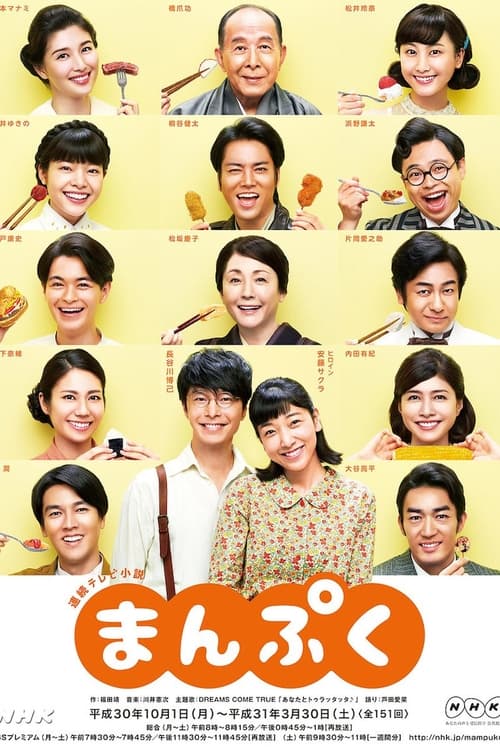 Manpuku (2018)9.0
Manpuku (2018)9.0Based on true story of the wife of Ando Momofuku, the businessman who founded Nissin Food Products Co. Ltd. and the inventor of instant ramen, the 99th Asadora follows the life of Tachibana Fukuko, a young woman who tries to survive tough times in Osaka with her husband from before WWII to the rapid economic development era. Together they overcome various setbacks before they succeed in creating instant noodles. (Source: MDL)
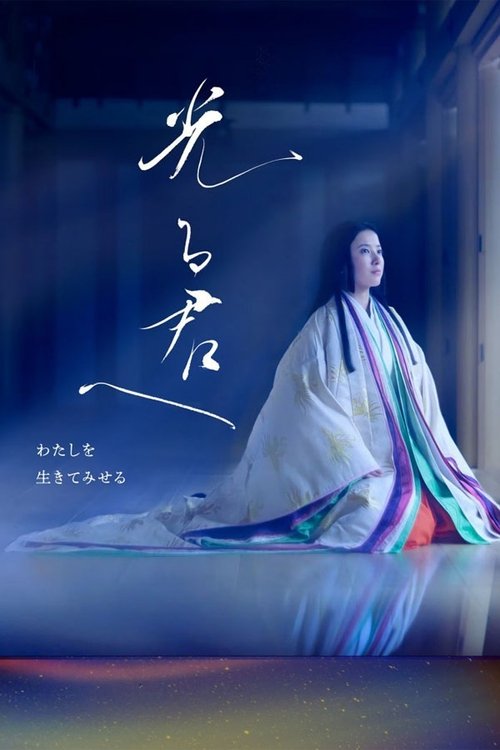 Dear Radiance (2024)9.0
Dear Radiance (2024)9.0Murasaki Shikibu (Yoshitaka Yuriko), the heroine of this story, wrote the bestseller 'The Tale of Genji,' transcending a thousand years during the Heian period. She weaves the story of Hikaru Genji, fueled by her love for Fujiwara no Michinaga (Emoto Tasuku), with her hidden passion and incomparable imagination. It is a tale of a woman who lived with unchanging love in an ever-changing world. (From TV JAPAN)
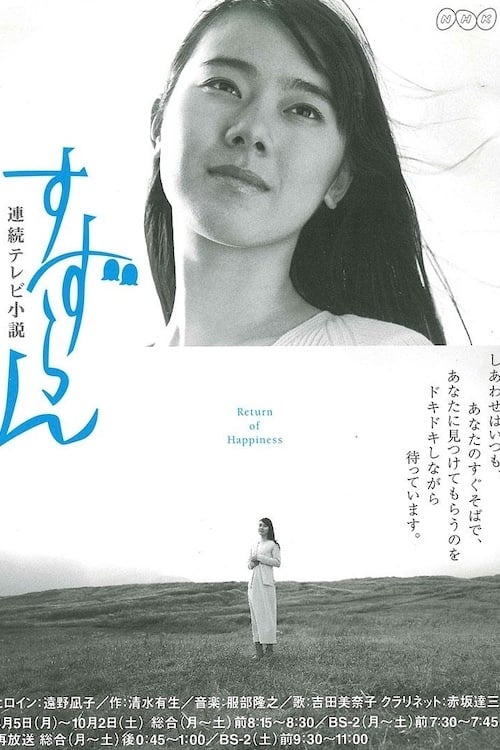 Suzuran (1999)8.5
Suzuran (1999)8.5In 1924, a time when both steam engine trains and early Showa Era's first train stations are just beginning. In the waiting room of Asumoe Station, a small country station, a passenger finds an abandoned baby and rushes to tell the station master, Tokiwa Jiro. The news quickly spreads and soon friends of Tokiwa's along with other townsfolk are saying that this baby must be a gift, it is Tokiwa's recently departed beloved wife reborn as a baby.
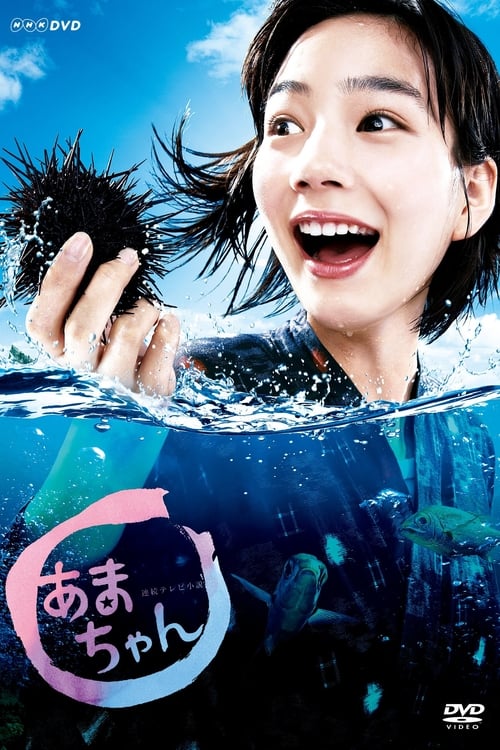 Amachan (2013)8.5
Amachan (2013)8.5Aki Amano, a high-school girl from Tokyo moves to the Sanriku Coast in the Tohoku region to become a female diver. She becomes a local idol, then returns to Tokyo to try to become a real idol, and finally returns to Tohoku to help revitalize the area after the Great East Japan earthquake.
 Hiyokko (2017)8.2
Hiyokko (2017)8.2The 17-year-old Yatabe Mineko grew up in a family of seven in a mountain village in northeastern Ibaraki Prefecture. Her father Minoru has gone to Tokyo to work in order to earn extra money. However, her life completely changes when her father does not come back for the New Year. Mineko asks her family to let her go to Tokyo to find him and promises to send money home. In the autumn of 1964, she and two childhood friends Tokiko and Mitsuo are hired to start working at a small factory in Tokyo’s working class neighborhood. After work each day, Mineko searches for her father and gets disheartened at times. Mineko overcomes challenges and starts to lay down roots in Tokyo as she experiences many meetings and farewells amid the laughter and tears with regulars, people of the shopping street, friends, and colleagues. But will she be able to find her father?
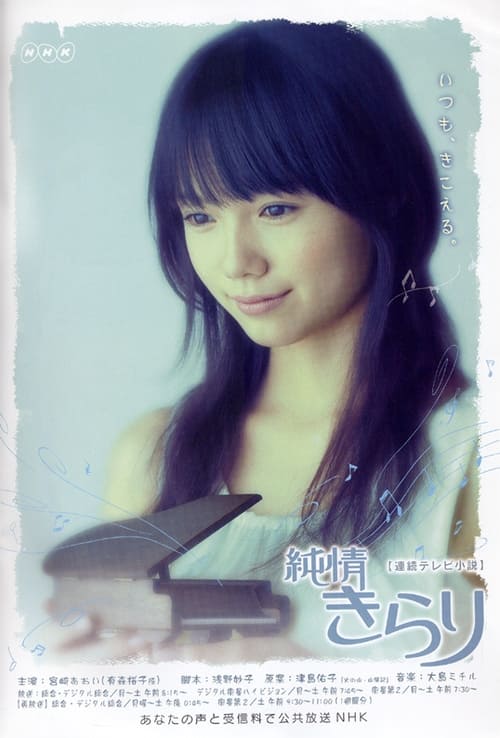 Junjo Kirari (2006)8.0
Junjo Kirari (2006)8.0The 74th NHK Asadora Drama is Junjo Kirari, which means something along the lines of "pure-hearted Kirari." The story is set in Okazaki City, Aichi Prefecture in the era around the Second World War. When the story opens in 1928, the heroine, Sakurako, is a very active seven-year-old girl. Indeed, even in the first episode she exhibits her confidence and enthusiasm. But above all else, Sakurako is interested in becoming a jazz pianist, and music features extensively in the plot.
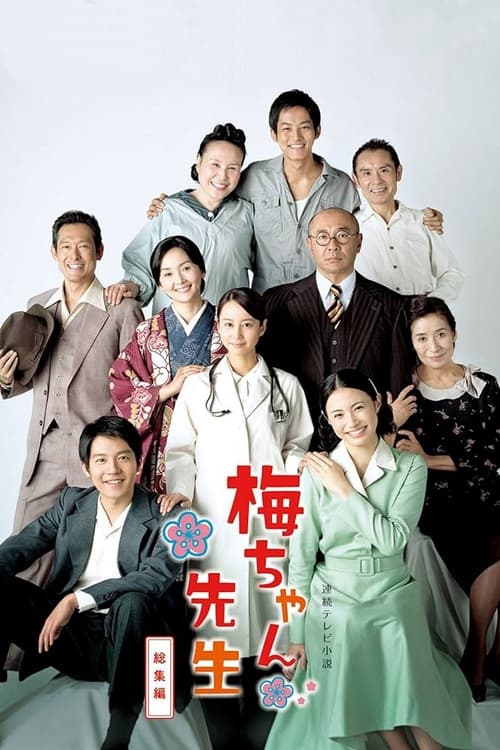 Umechan Sensei (2012)8.0
Umechan Sensei (2012)8.0Umechan Sensei is a Japanese television drama series. It debuted on April 2, 2012. It is about a girl named Umeko Shimomura who, despite being overshadowed by her talented older brother and sister, and despite being thought of as a clumsy child, decides to follow in her father's footsteps and become a doctor. It is the 86th NHK Asadora.
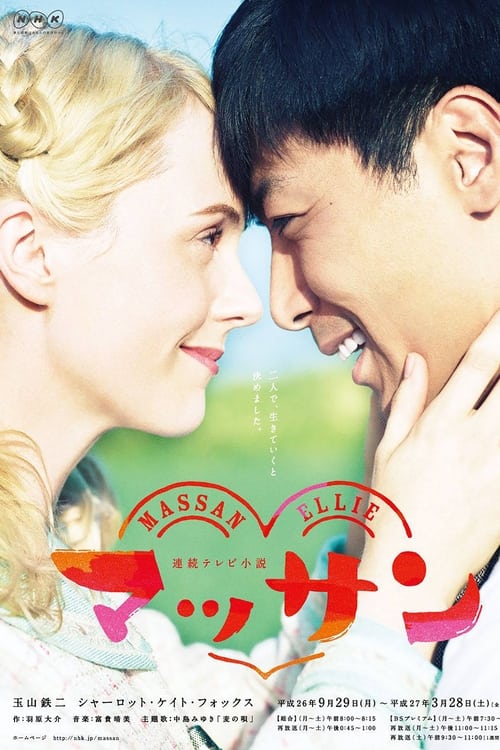 Massan (2014)8.0
Massan (2014)8.0Massan is based on the lives of Masataka Taketsuru and his wife Jessie Roberta "Rita" Cowan, a Scotswoman Taketsuru met while studying abroad.
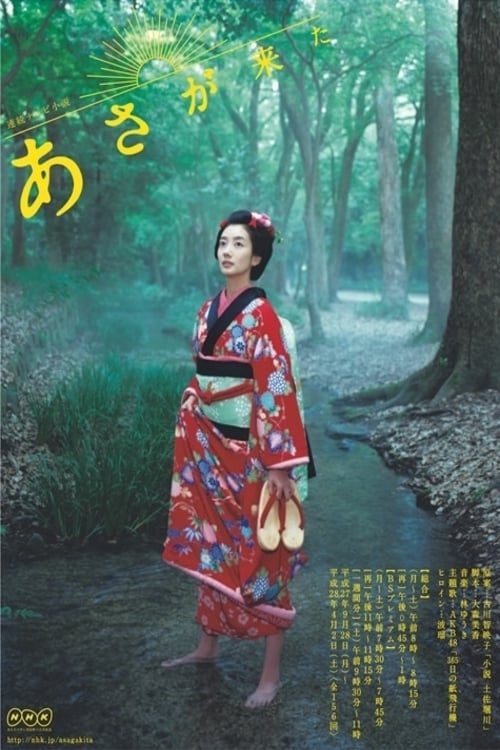 Asa ga Kita (2015)8.0
Asa ga Kita (2015)8.0Towards the end of the Edo era, in the town of Kyoto, there lived a wealthy merchant by the name of Imai Tadamasa. He was blessed with 3 children, Hatsu, Asa and Kyutaro. His eldest, Hatsu, was a traditional girl who loved to play the koto and sew. Whilst his second daughter, Asa, was an impish hoyden who loved sumo wrestling. Asa was engaged to be married to the second son of a distinguished family who ran a money changer business in Osaka, Shirooka Shinjiro. Although Asa was furious when she had first heard about the betrothal, when she met up with Shinjiro for the first time, his charisma greatly attracted her and she fell in love with him in no time.
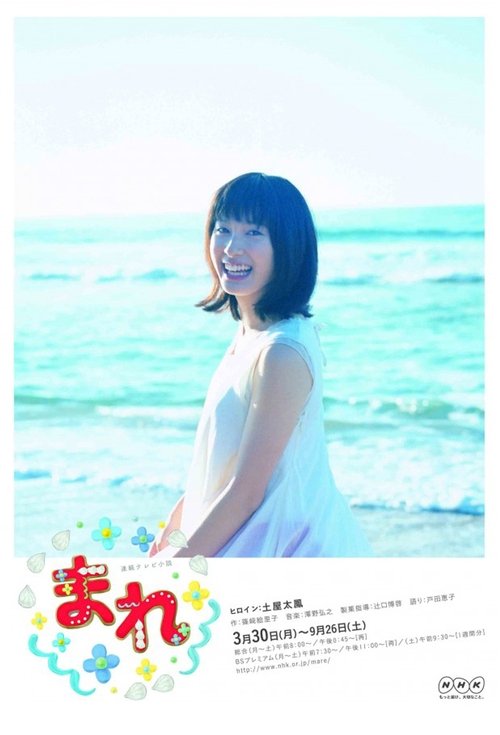 Mare (2015)7.7
Mare (2015)7.7Mare is an elementary school student. She lives with her family in the city, but, right before her father goes bankrupt, they run away and settle down at a fishing village in Noto. The family rents a couple's home who run a salt pond. Mare's father starts a new business, but it also fails. Her mother supports the family by working at the salt pond. 8 years later, Mare, about to graduate from high school, decides to work for the Wajima local government. She wants to have a steady job, unlike her father. Her job is to support people who move to Noto.
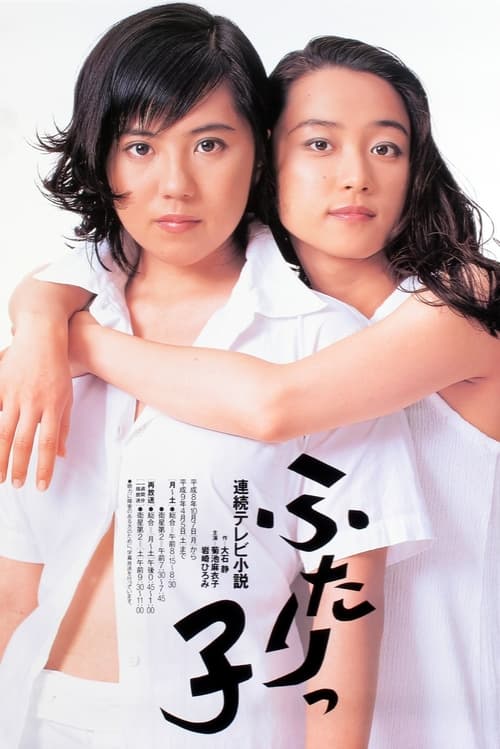 Futarikko (1996)7.3
Futarikko (1996)7.3Born over a tofu shop in Osaka, twin sisters Reiko and Kyoko have very different characters. Reiko is diligent, and longs for a secure, middle class lifestyle. Kyoko is a free spirit, who seeks thrills and adventure.
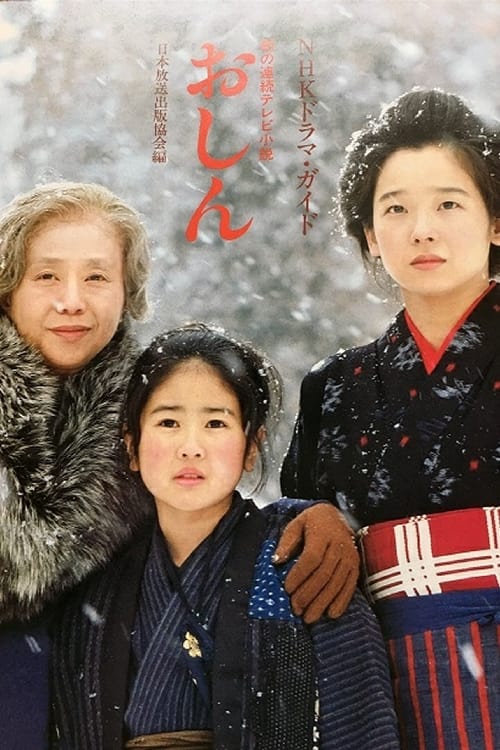 Oshin (1983)6.7
Oshin (1983)6.7Oshin is a Japanese serialized morning television drama, which aired on broadcaster NHK from April 4, 1983 to March 31, 1984. The series follows the life of Shin Tanokura during the Meiji period up to the early 1980s. Shin was called "Oshin", which is an archaic Japanese cognomen.
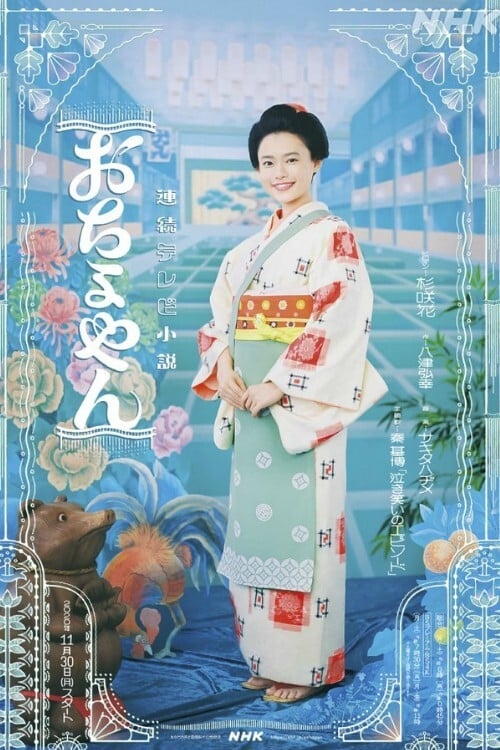 Ochoyan (2020)6.3
Ochoyan (2020)6.3In the end of Meiji era, Takei Chiyo was born in a poor family in Osaka, and was sent to a theatre tea room as a servant when she was 9 years old. There, she was attracted by the world of theatre comedy. She grows up to be an actor and marries to Amami Ippei , but the war broke out and she was forced to stay away from acting for a while. However, when she comes back again, her acting in a radio drama impresses many people and makes herself one of the leading actors in western Japan.
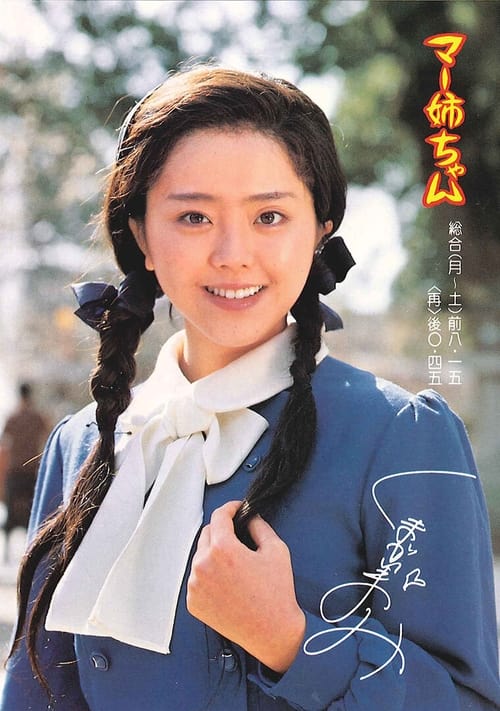 Sister Ma (1979)N/A
Sister Ma (1979)N/AA serialized television series, aired in 1979, based on Hasegawa Machiko's "Sazae-san Uchiakebanashi" (Sazae-san Confessions), which depicts the true vibrant energy and strength of the common people, through their laughter and tears, from the pre-war to the post-war period in Japan.
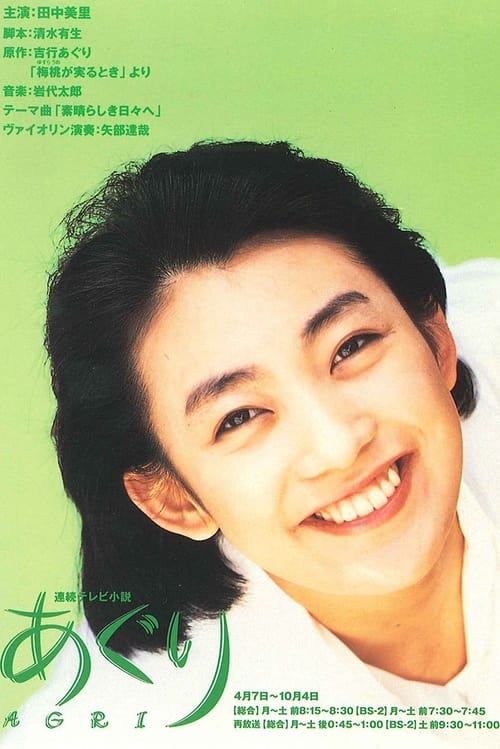 Agri (1997)N/A
Agri (1997)N/AThe 56th NHK Asadora Renzoku Drama is Agri. Story's settings include Okayama and Tokyo (Ichigaya). This renzoku chronicles the life of a Showa period hairdresser, and is based on a true life story of Moshizuki Agri. Agri has worked for over 70 years as a beautician. She is a successful business woman who survived the war by becoming a farmer. During the war, going to the beauty salon was considered a frivolity, so many such businesses went bankrupt as Japan suffered from the energy spent as all the yen was fueled into the war effort.
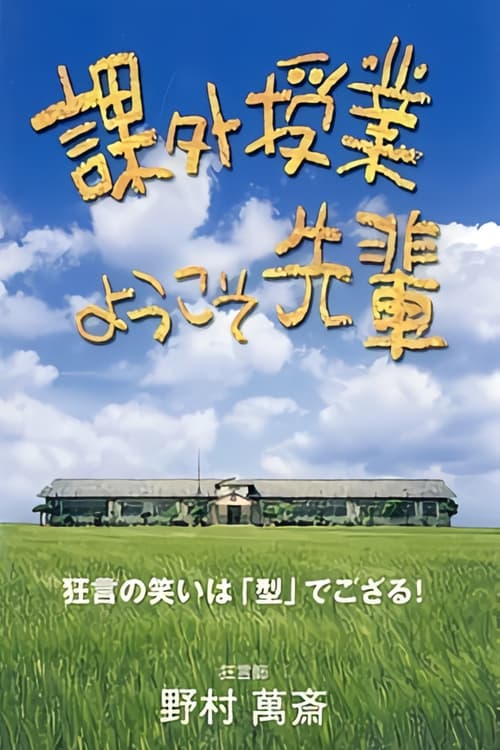 Welcome Back For An Extracurricular Lesson, Sempai (1998)N/A
Welcome Back For An Extracurricular Lesson, Sempai (1998)N/A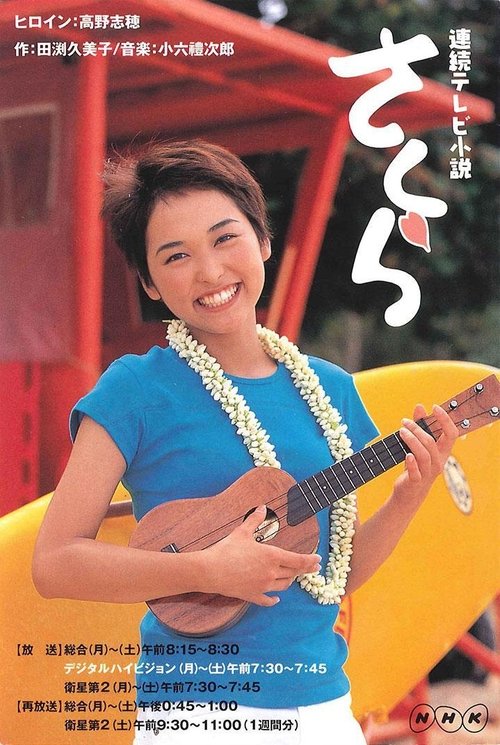 Sakura (2002)N/A
Sakura (2002)N/ASakura is a Japanese serialized morning television drama that aired on NHK from April 1 to September 28 of 2002. The series totalled 156 episodes. It chronicles the life of Matsushita Sakura, a Sansei Japanese-American living in Hawaii. She moves to a small town in Japan to be an assistant language teacher for Japanese middle-school students. The show, lasting only 15 minutes long, is on every morning except Sunday, every week. Sakura first comes to Japan living with her grandparents; later, she moves because she has to teach English to the Japanese students. There she learns many valuable lessons and makes new friends.
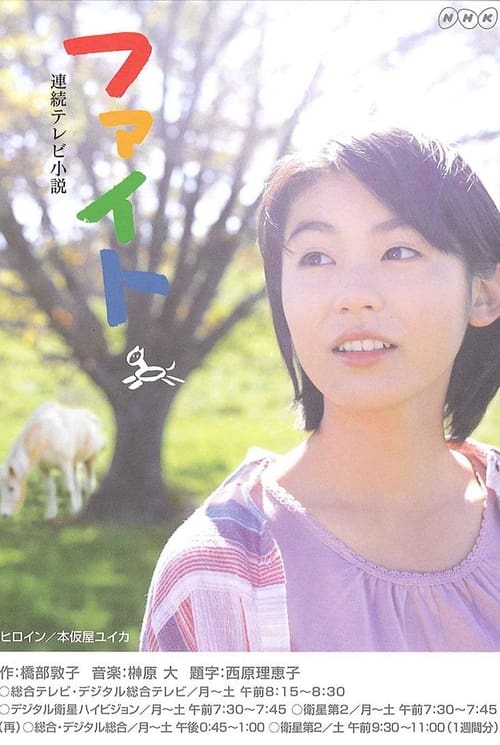 Fight (2005)N/A
Fight (2005)N/AFight is a story about fifteen year old Yuu, whose family becomes separated after an incident involving her father's spring factory. With her undying spirit to "fight" off every obstacle arising in life, Yuu maintains her positive attitude and moves forward in hopes of the day when her family will reunite again.
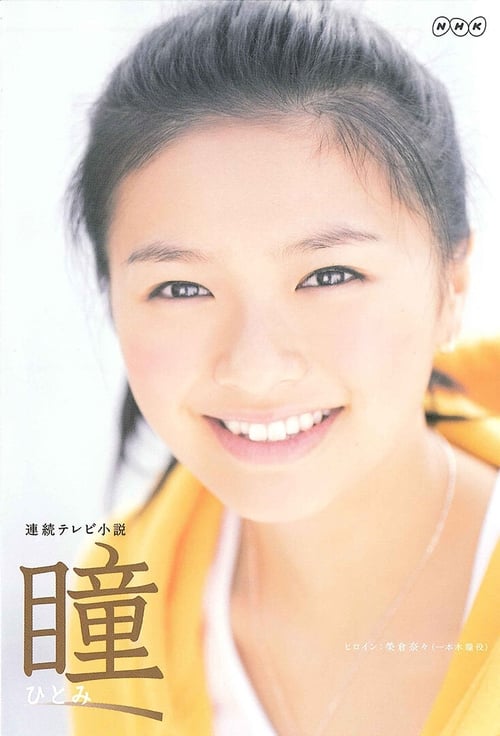 Hitomi (2008)N/A
Hitomi (2008)N/AThe 78th NHK Asadora is Hitomi. The series takes place in the old shitamachi area of Tokyo, and in these most recent episodes, 20-year old heroine Hitomi becomes the force around which her divorced mother, long estranged from her own father, is forced to reconcile and renew a sense of family camaraderie. This is not particularly easy, given the trifling issues and problems of modern day life that beset each of the characters, and the drama unfolds with a light comedic touch. Hitomi's upbringing is the issue that is constantly brought into focus. The family reconciliation is made possible, ironically through the death of Hitomi's grandmother. Hitomi seizes the opportunity to travel to her funeral from Sapporo. Once there, she sets out to realize her dream of becoming a dancer, all the while interfering with and disrupting her grandfather's life.
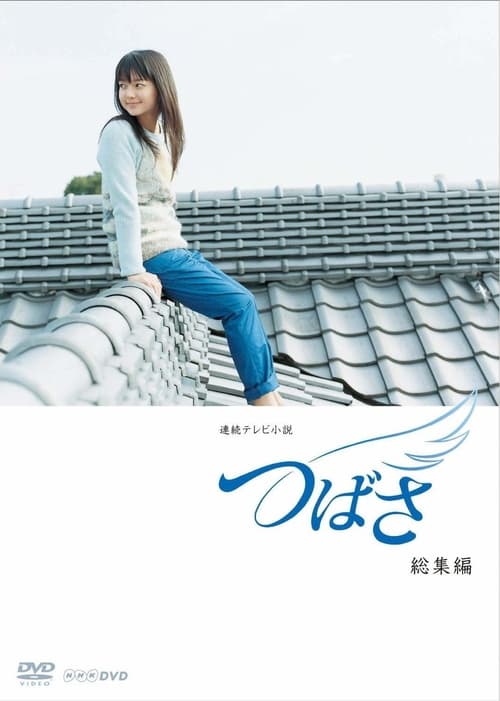 Tsubasa (2009)N/A
Tsubasa (2009)N/AThe story follows the 20-year-old Tsubasa who dedicates her life to her family and their shop. Her life is turned upside down when her mother who was missing came back home. To pay of her mother's debt she starts to work at a small radio station as a DJ.